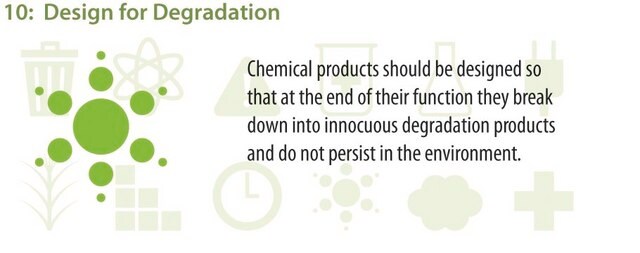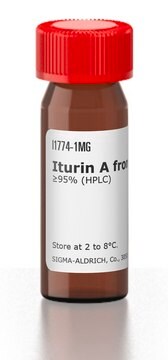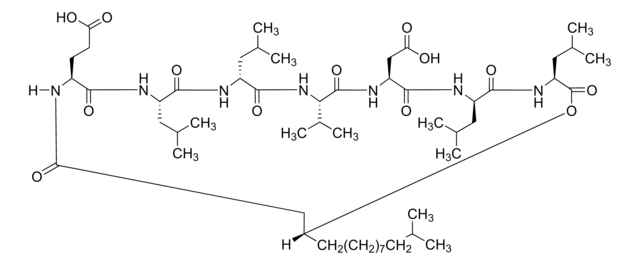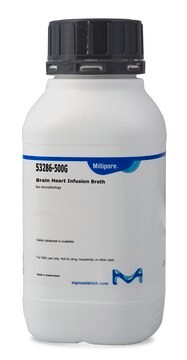01913
2-Ethoxyethyl acetate
certified reference material, TraceCERT®
Sinónimos:
1-Acetoxy-2-ethoxyethane, Cellosolve® acetate, Ethylene glycol monoethyl ether acetate
About This Item
Productos recomendados
grade
certified reference material
TraceCERT®
Quality Level
vapor density
4.6 (vs air)
vapor pressure
2 mmHg ( 20 °C)
product line
TraceCERT®
autoignition temp.
715 °F
shelf life
limited shelf life, expiry date on the label
expl. lim.
13 %
storage condition
under inert gas
technique(s)
HPLC: suitable
gas chromatography (GC): suitable
refractive index
n20/D 1.406 (lit.)
bp
156 °C (lit.)
mp
−61 °C (lit.)
density
0.975 g/mL at 25 °C (lit.)
application(s)
cleaning products
cosmetics
environmental
food and beverages
personal care
format
neat
storage temp.
2-8°C
SMILES string
CCOCCOC(C)=O
InChI
1S/C6H12O3/c1-3-8-4-5-9-6(2)7/h3-5H2,1-2H3
InChI key
SVONRAPFKPVNKG-UHFFFAOYSA-N
¿Está buscando productos similares? Visita Guía de comparación de productos
General description
Certified content by quantitative NMR incl. uncertainty and expiry date are given on the certificate.
Download your certificate at: http://www.sigma-aldrich.com.
Packaging
Legal Information
¿No encuentra el producto adecuado?
Pruebe nuestro Herramienta de selección de productos.
signalword
Danger
Hazard Classifications
Acute Tox. 4 Dermal - Acute Tox. 4 Inhalation - Acute Tox. 4 Oral - Flam. Liq. 3 - Repr. 1B
Storage Class
3 - Flammable liquids
wgk_germany
WGK 2
flash_point_f
129.2 °F - closed cup
flash_point_c
54 °C - closed cup
Elija entre una de las versiones más recientes:
Certificados de análisis (COA)
¿No ve la versión correcta?
Si necesita una versión concreta, puede buscar un certificado específico por el número de lote.
¿Ya tiene este producto?
Encuentre la documentación para los productos que ha comprado recientemente en la Biblioteca de documentos.
Los clientes también vieron
Nuestro equipo de científicos tiene experiencia en todas las áreas de investigación: Ciencias de la vida, Ciencia de los materiales, Síntesis química, Cromatografía, Analítica y muchas otras.
Póngase en contacto con el Servicio técnico











